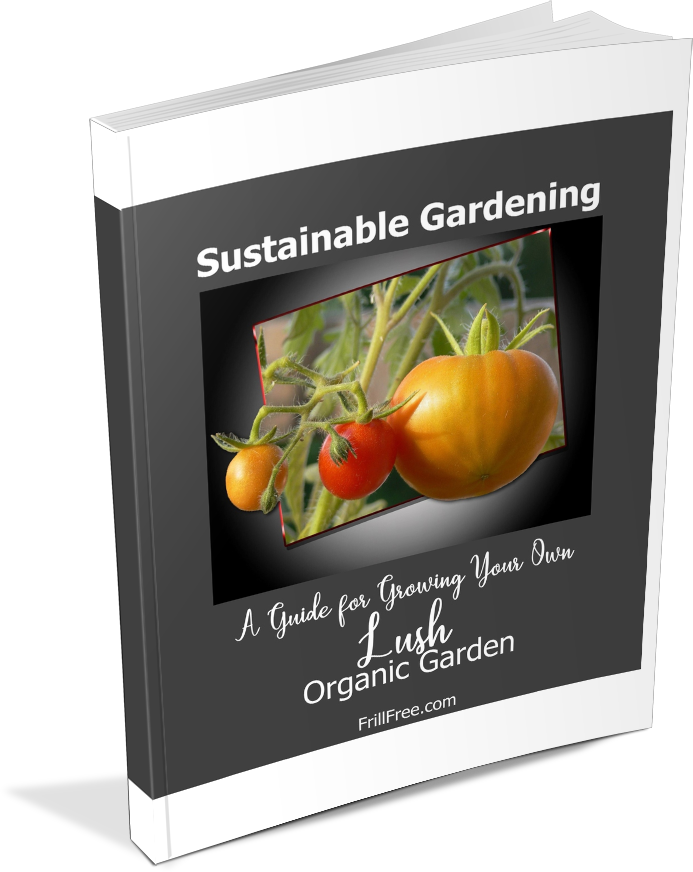Lupins
Nitrogen Fixing Plant for beauty, bees and a cover crop
Lupins, known botanically as Lupinus, are most often planted as beautiful garden flowers with tall spires of blooms in all colors of the rainbow.
In some areas they are used as erosion controlling plants along steep banks on the side of highways, where the sheer number of them produces an incredible site when they flower en masse.
In my new province, PEI, they grow by the wayside in huge swaths. Originally planted purposefully, they now reseed themselves, creating new and beautiful colors.
In some areas they are cursed as a noxious weed, but they're so pretty and attract so many pollinators, that mostly they are left alone. I guess if you plan to plant them, cut off the flowers as they age into the pea like seed pods to limit their spread.
They are a legume, related to peas, beans and alfalfa, with the same secret benefit of being able to take nitrogen from the air and store it in their roots on special nodules with the aid of beneficial bacteria.
They use this for their own growth, and when the plants die (lupines are usually biennial, or short lived perennials) the nitrogen is released into the soil for other plants to use.
Lupins are extremely susceptible to aphid infestation, which can be an unsightly problem, but it doesn’t prevent them from being useful as a cover crop.
In an ornamental situation aphids are not seen as a desirable side effect, but when growing them as a green manure it’s not a big deal.
I cut the flowers (which are where the infestation usually occurs) and throw them into the chicken pen for my birds to clean up.
Protein on the hoof!
At the end of the growing season, cut the lupins off at the base, and chop them into pieces when building the compost pile.
Although they’re woody by this time, they are hollow, and easily rot down over the winter.
The roots, which are where all that yummy nitrogen is stored can be left in place to contribute the nutrients as they rot, for the added benefit of opening up the soil. They also hold the soil in place and prevent erosion from heavy fall rains.
Alternatively, pull them up and compost those as well as the stems, adding the nutrients to the finished compost to be dispersed around the garden where it’s most needed.
Chop the stems and roots with a shredder, or cut them into small pieces with a machete or pruners.
The smaller, the better as they’ll rot down much quicker.

















